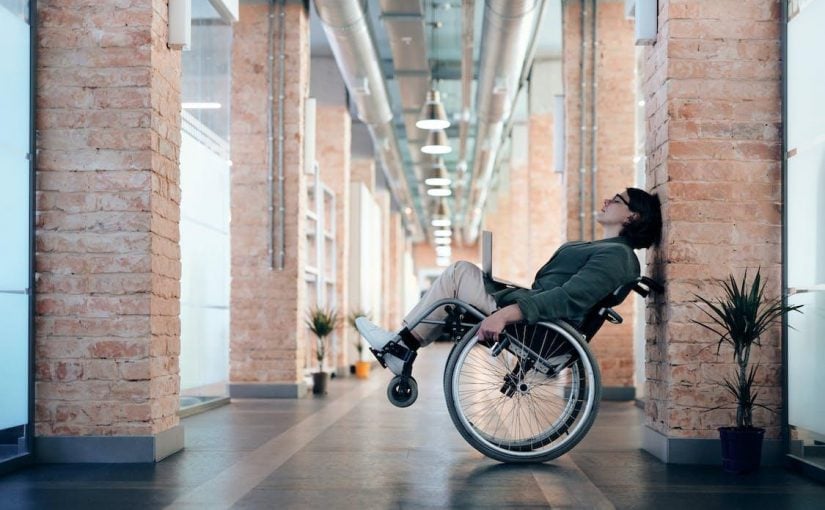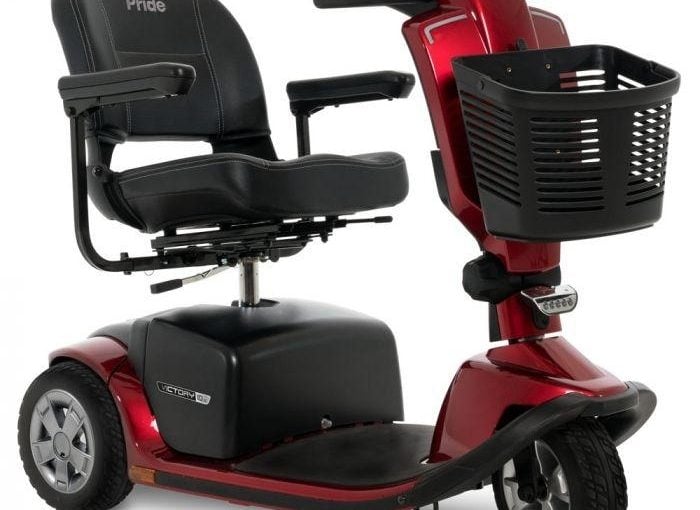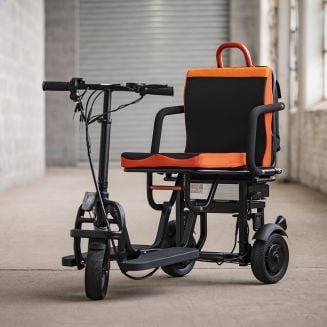Tag: Power Wheelchairs
Buying a Mobility Scooter? Read This Guide Before You Do
Key Takeaway
- Mobility scooters are divided into three classes: Class 1, Class 2, and Class 3.
- The narrow width of Shoprider Scootie makes it the best indoor mobility scooter.
- The compact-saving design of Solax Mobie Plus makes it the most portable scooter.
- The terrain-friendly design of the Tzora Titan 4 Scooter allows for recreational activities.
- Pride Revo 2.0 4-Wheel Scooter is ideal for a smooth and pleasant outdoor ride.
- This wheelchair-accessible Pride Go-Go ES2 3-Wheel Scooter is the best 3-wheel.
- Pride Victory 10.2 3-Wheel Scooter is the best heavy-duty mobility scooter on the market.
- EV Rider Transport Plus Foldable Scooter is a complete package for a 4-wheel user.
Continue reading Buying a Mobility Scooter? Read This Guide Before You Do
Portability and Power – The Best Folding Power Wheelchairs
Continue reading Portability and Power – The Best Folding Power Wheelchairs


